Let’s take a look at two examples of non-traditional advertising.
Both of these are real-life examples that I have personally seen in the area where I live. They are for different companies in completely different industries but that won’t matter for our purposes.
The first is a company that does heating and air conditioning service. They are large and well-known in our area.
The company has hired an airplane to fly around towing a large banner. The banner has the company’s logo and a short list of the three major services they offer.
That’s it.
No phone numbers, no email, no website, no address. No contact information of any kind. Just the logo and the short list of services.
The plane is sometimes up for hours at a time. Sue and I have seen it at least three times.
We both wonder if the owner of the company isn’t also the owner of the plane. And if he isn’t personally flying around getting some “free” advertising for his company since he’s up there flying anyway. That’s the only way this sort of advertising makes sense. Otherwise, it seems that the company is wasting an awful lot of money.
After all, who’s going to look up, see the banner and think “Hey I need to get my heater serviced. I think I’ll call those guys. Oh it’s okay that there’s no number, I’ll go out of my way to look it up. After all, they were so clever to have hired that airplane to buzz around towing that banner all day long.”
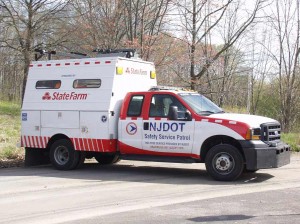 Yeah. It’s never going to happen.
Yeah. It’s never going to happen.
The second example I have is for a very well-known insurance company. They are a nationally recognized brand. The states in our area all have some variation on a “highway service patrol”.
They are called by different names but it’s basically a fleet of trucks owned and operated by the state Department of Transportation. The trucks carry gasoline, water, an air compressor, jumper cables and some tools for doing minor roadside repairs. When they find a motorist broken down by the side of the road, they stop and try to help.
In a couple of states, these vehicles are “sponsored” by this large insurance company. The company’s logo is displayed prominently on the trucks.
So prominently, in fact, that many motorists probably assume that the company owns and operates the trucks and that the trucks serve only policyholders for that company. It isn’t so but if you believe it is and are concerned about breaking down, it’s the sort of thing that might make you give added consideration to that company when deciding who to insure with.
So we have an HVAC service company being touted by a flying banner and an auto insurance company sponsoring highway repair vehicles.
There’s no apparent correlation between the first company and the type of advertising they are doing while a logical correlation exists between the second company and its advertising.
Must there be a correlation between the advertising you do and the product or service your company offers? Actually yes. You want your advertising efforts to reinforce the core offering of your company. In effect, the relationship between ad and service becomes a part of the advertising message itself.
Anything less is not money well spent.


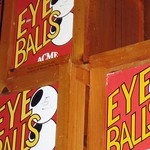
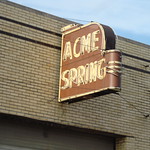
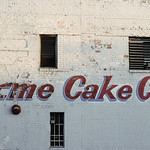

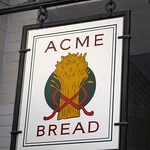



 I love my insurance agent.
I love my insurance agent.